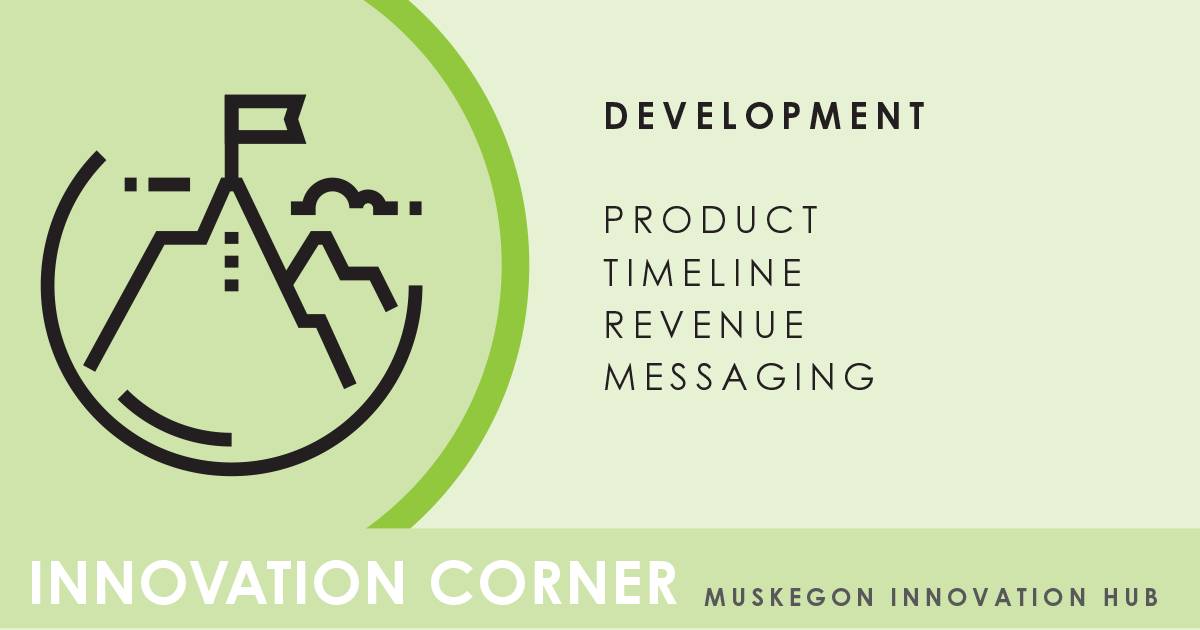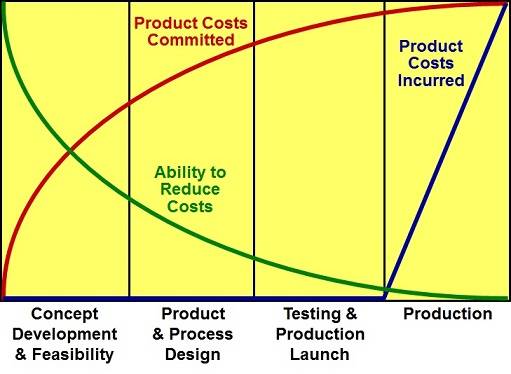Innovation Corner
Permanent link for Patent Mistakes Inventors Make on October 6, 2023
Publicly discussing or using the invention before filing
Once a patent has been publicly disclosed, inventors have twelve months to file a patent. Beyond that, and you not only lose the right to patent your invention, but open up the possibility that someone else can file for a patent on it. With the U.S. now using a first-to-file system, it's especially important that the inventor be the first to file.
There are two relatively easy solutions to this: file a provisional patent, and use of non-disclosure agreements (NDA), also known as confidentiality agreements. To maintain the priority date, a non-provisional patent cannot make any claims that were not in the preceding provisional patent, so think through writing the provisional with care to ensure that you don't leave any possible claims out. For NDAs, you should be sure to specify the parties involved, the type of information that is covered, the duration of time during which confidentiality must be maintained, the period of time during which the parties will work together under the NDA, and how confidential information will be marked. You then need to make sure that any confidential information shared is appropriately marked.
Missing the filing deadline
It's easy, when you're busy and focused on developing your invention, to miss those important filing deadlines. The USPTO is closely regulated under federal code of regulations, and sympathy is not part of those regulations. Be prepared to file early, and remember that it typically takes several months for lawyers to prepare a patent for filing.
Skipping the prior art search
Many inventors make the mistake of thinking that because an invention is new ("novel," in patent language) to them, it's new to the USPTO. This is rarely the case. A detailed search of the prior art is necessary to figure out just what aspects of the invention qualify as both novel and non-obvious. This requires searching for past and existing products, searching the technical literature, and searching prior patents. A good patent search by a law firm will typically cost $600 to $1,000, and be worth every penny in both reducing the time and cost of filing a patent, and ensuring that you have the strongest possible patent.
However, you can get 80% of the way there with other services. Google is a good place to start. The USPTO has a searchable database of patents, and many other countries offer similar online services. The Small Business Development Center (SBDC), a service offered in partnership with the Small Business Administration, can also perform a patent search and landscape analysis; if you're in Michigan, request their free business services here; other states have similar offices.
Penny-wise but pound-foolish
Patents seem like they should be simple, but the regulations and best practices needed to successfully defend a patent make them complex legal documents. Even the filing requirements, spelled out in 37 CFR, are arcane. To make it through the USPTO approval process, and have a chance at standing up to challenge, patents have to be in the right format, with properly formatted drawings, correct signatures, and legally defensible claims and backgrounds. Filing a patent yourself will be the cheapest solution, and might even seem like a financially sound move, but if your invention is really worth patenting, then it's worth hiring a qualified patent attorney to get the patent right.
Categories:
entrepreneurship
invention
Posted
by
Thomas Hopper
on
Permanent link for Patent Mistakes Inventors Make on October 6, 2023.
Permanent link for Fail fast on September 8, 2023
Much of my career has been spent developing new technologies and new products. One of the smartest people I ever worked for, a brilliant scientist, introduced me to the concept of "fail fast."
Up to that point, my approach had been mainly about trying different inventive ideas and seeing what worked. As a team, we would try to figure out what we did right, replicate that, and introduce the next Good Idea.
We had some good ideas. We also had lots of failures. Some of those failures were avoidable and many of them overshadowed the successes. Failure can be expensive.
The flexibility to make changes to a product or service decreases as we get closer to launching in the market. Decisions made earlier in the process become harder and more expensive to change. At the same time, as we approach commercial launch, we're spending more money on development and to acquire goods needed for launch. Potential failure points in our product or service design therefore become more expensive to fix as we get closer to launch. Figuring out why the good parts of an idea work doesn't make for more success, but finding failure points does.
The failing fast mindset accepts that while no idea is perfect, most ideas have merit with some weaknesses. In failing fast, we seek to exploit those weaknesses early in order to identify and either eliminate or mitigate them as early and as cheaply as possible. Instead of testing to verify possible success, test to find potential failure points.
Put another way: we want to learn as fast as possible. Fail fast means to deliberately test for failure points so that we can learn about and eliminate defects in our product, our service, and our business model.
To set up testing, identify the specific hypothesis you want to test. Then, create a test plan that outlines the steps you will take to test the hypothesis. For example, if you want to test whether a new website design will increase conversion rates, you might create two versions of the website with different designs and send half of the traffic to each version. Use A/B testing to measure the conversion rate for each version and use the results to identify which version performed better.
By adopting a fail-fast approach, entrepreneurs can quickly identify mistakes, learn from them, and make improvements. Remember, failure is not something to be afraid of. Instead, it should be embraced as an opportunity to learn and grow.
When developing new products or services, the costs spent on development increases, while the flexibility in making changes to the design of the product or service decreases. Image from NPD Solutions.
Categories:
entrepreneurship
innovation
invention
Posted
by
Thomas Hopper
on
Permanent link for Fail fast on September 8, 2023.
Permanent link for Why great innovations fail on January 20, 2023
One thing every product concept has in common is that its inventor is convinced they've got a great idea. And they often do. However, that doesn't mean that every idea will work.
There are a lot of steps in the innovation process, moving from concept to commercialization, and plenty of ways things can go wrong. Smart innovators therefore seek to find the weak points in their concepts and their business models as early as possible, when it's cheap and easy to pivot. That is: good innovators work to fail fast.
As an innovator, there are some simple questions you should be asking yourself
- Does the underlying technology that you want to use actually exist?
- Do you understand the underlying principles?
- Can it be manufactured?
- Are there any regulatory roadblocks to making or selling this product?
One of the first steps in vetting your inventive idea is to make sure you have a solid grasp of the underlying principles. If you're doing all your technology development yourself, congratulations. If you're using technology developed by someone else, you need to make sure the technology actually exists. It's surprising how many would-be innovators get caught out on this one. Seeing a video on YouTube or reading a website doesn't count as confirming that the technology exists. You need to be able to buy it from reputable sources, and ideally have acquired a sample and tested it. You also need a basic understanding of how the technology works, so that you can identify weak points in your concept and successfully integrate the technology in your product.
Manufacturing is another area where many inventors and entrepreneurs get tripped up. There are many potential pitfalls, such as attempting to welding dissimilar metals, designing assemblies that cannot be assembled together, too-complex shapes for injection-molded plastic parts, or unusually-specified raw materials with long lead times and high prices. Bringing onboard an industrial engineer, or experts in the planned manufacturing processes, early in the engineering design will often avoid many costly mistakes.
The last common mistake that I see inventors and innovators make is neglecting to check that they have the legal right to sell their product. Patents, trademarks on words and logos, and federal and state regulations related to your specific materials, markets, or industry can cause months or even years of delays. Whatever you're inventing, take the time to understand the legal landscape that you'll be operating in.
It's OK to fail at your first idea; lots of seemingly good ideas won't pan out the way you hope. Find those weaknesses early and cheaply—fail fast—then pivot, and keep moving forward.
Categories:
innovation
invention
Posted
by
Thomas Hopper
on
Permanent link for Why great innovations fail on January 20, 2023.



